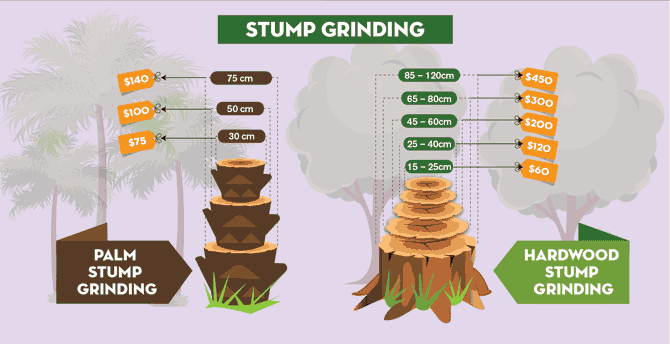Post-Tree Removal Treatment Is Crucial For Landscape Repair; Find Crucial Actions To Invigorate Your Space And Stop Future Problems
Post-Tree Removal Treatment Is Crucial For Landscape Repair; Find Crucial Actions To Invigorate Your Space And Stop Future Problems
Blog Article
Web Content By-Graham Cho
After a tree's removal, your landscape might look fairly various, and it's essential to evaluate the consequences very carefully. You'll wish to review the dirt disturbance and check surrounding plants for any type of indications of anxiety. Ignoring these elements can lead to larger issues down the line. So, what should you finish with those stumps and origins? And just how do you select the very best plants for your revitalized area? Allow's check out these crucial steps.
Analyzing the Aftermath: Evaluating Your Landscape
After a tree elimination, it's important to evaluate your landscape to recognize the influence it has on your backyard.
Begin by examining the location where the tree stood. Seek indicators of dirt disturbance, and examine the surrounding plants for any kind of tension or damages.
You should also keep in mind of just how the elimination has actually changed sunshine direct exposure and airflow in your garden. This shift can affect the development of neighboring plants, so it's important to examine their health.
Consider the visual aspects too; the elimination could create an open space that you can redesign.
Ultimately, think about any potential erosion concerns that may arise from the tree's lack. Addressing these factors early will aid restore equilibrium to your landscape.
Handling Stumps and Roots: Choices for Removal
When you have actually assessed the consequences of the tree removal, you'll likely need to take on the stump and roots left.
Christmas Tree Trimming Equipment have a couple of alternatives for removal. One efficient technique is stump grinding, where an expert uses a maker to grind the stump to below ground level. This approach leaves minimal disruption to your landscape.
If you prefer a do it yourself technique, you can use a mix of digging and chemical stump cleaners. Simply remember, this procedure can require time and effort.
Additionally, take into consideration leaving the stump as an all-natural function, which can act as a special yard element or environment for wild animals.
Whatever you choose, resolving the stump and origins is crucial for restoring your landscape.
Selecting the Right Plant Kingdoms for Your New Room
As you assess your newly removed area, picking the right plants can substantially boost your landscape's appeal and performance.
Beginning by taking into consideration the sunshine and dirt conditions. For sunny areas, choose drought-resistant plants like lavender or succulents. In shaded places, brushes and hostas thrive well.
Consider the dimension and development habits of your plants; mix perennials and annuals for seasonal selection. Don't fail to remember to incorporate native types; they require less maintenance and support neighborhood wildlife.
Group plants in strange numbers for a much more natural appearance and produce layers for visual deepness.
Lastly, ensure you have a mix of colors and appearances to keep your landscape dynamic throughout the periods.
Pleased planting!
Final thought
In conclusion, recovering your landscape after tree removal is a rewarding procedure. By analyzing the aftermath, addressing stumps and origins, and choosing the right plants, you'll produce a thriving setting. Don't neglect to integrate erosion control steps to safeguard your dirt. With a little initiative and care, you can change your space right into a vivid garden that improves your residential or commercial property. Accept the possibility to rejuvenate your landscape and delight in the elegance of nature right in your yard!
